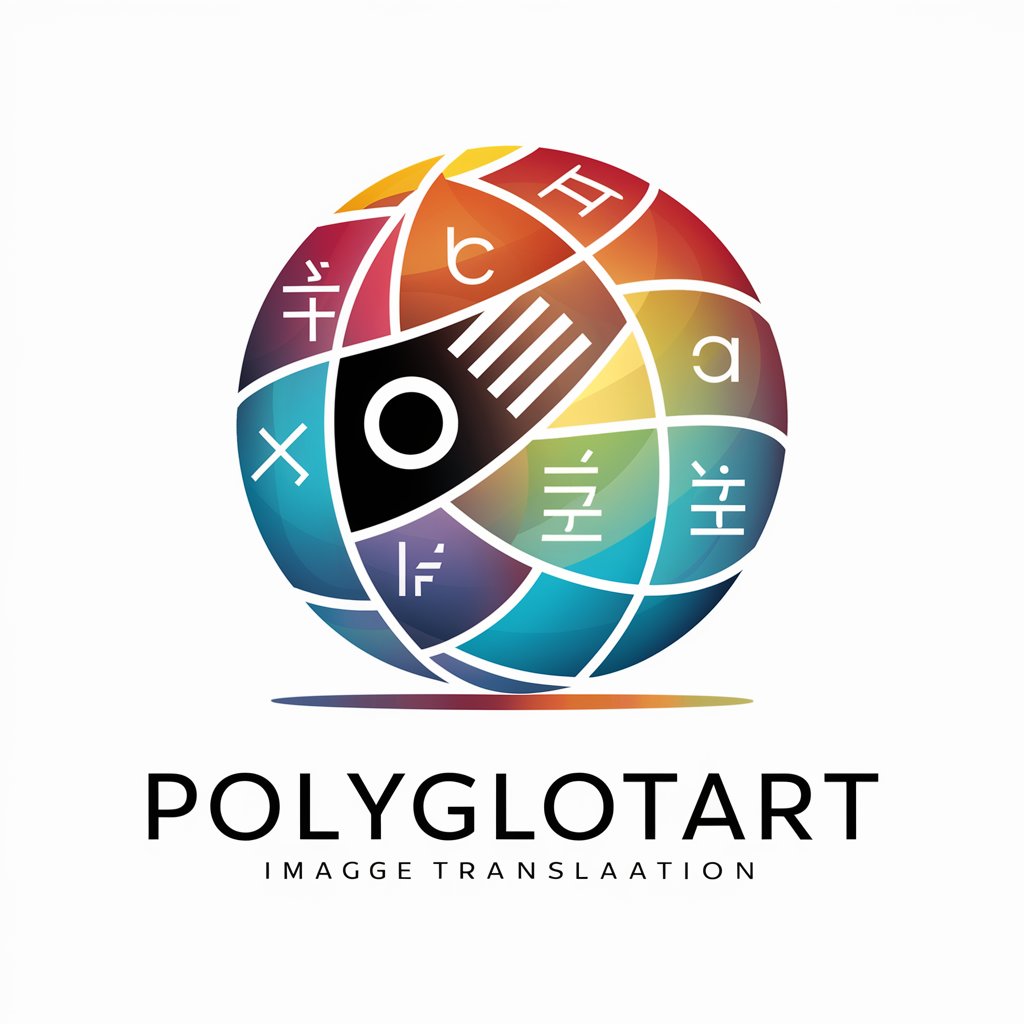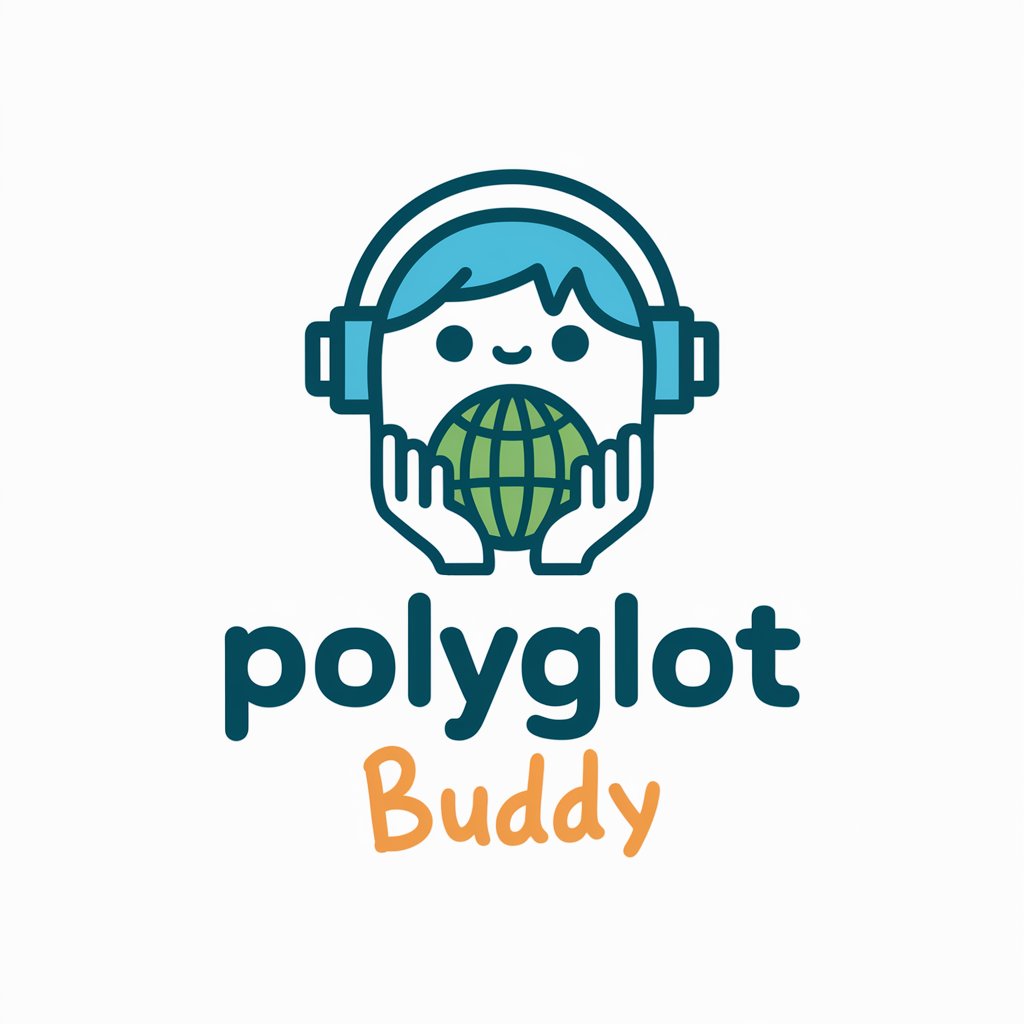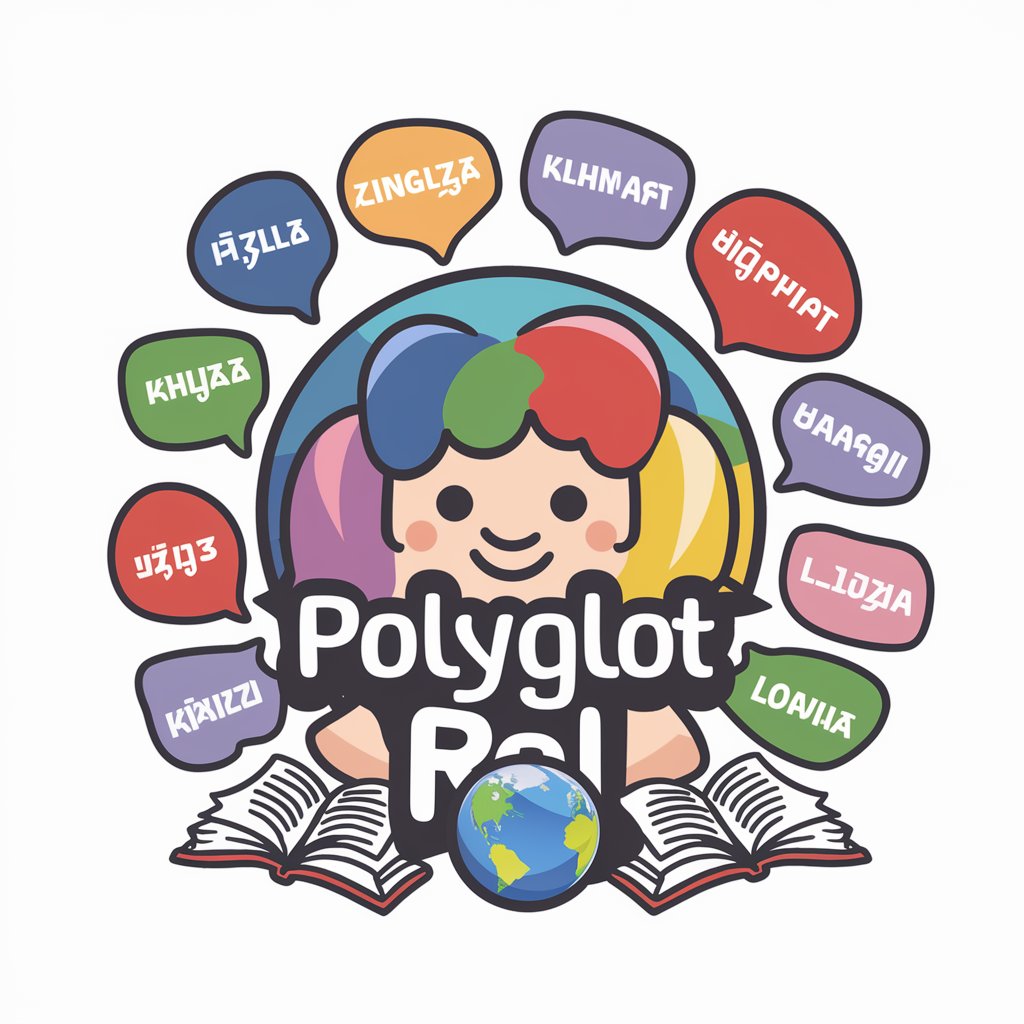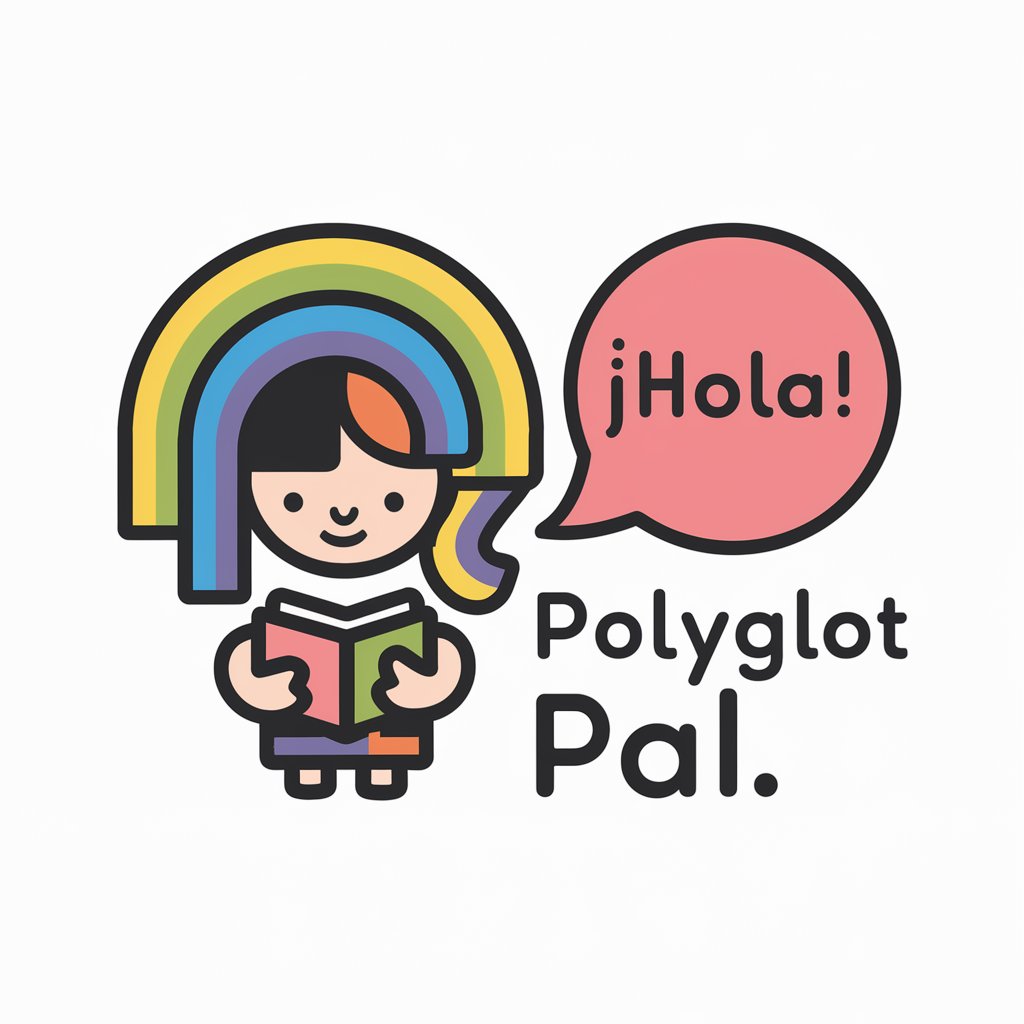
Polyglot Clock - Multilingual Vocabulary Tool
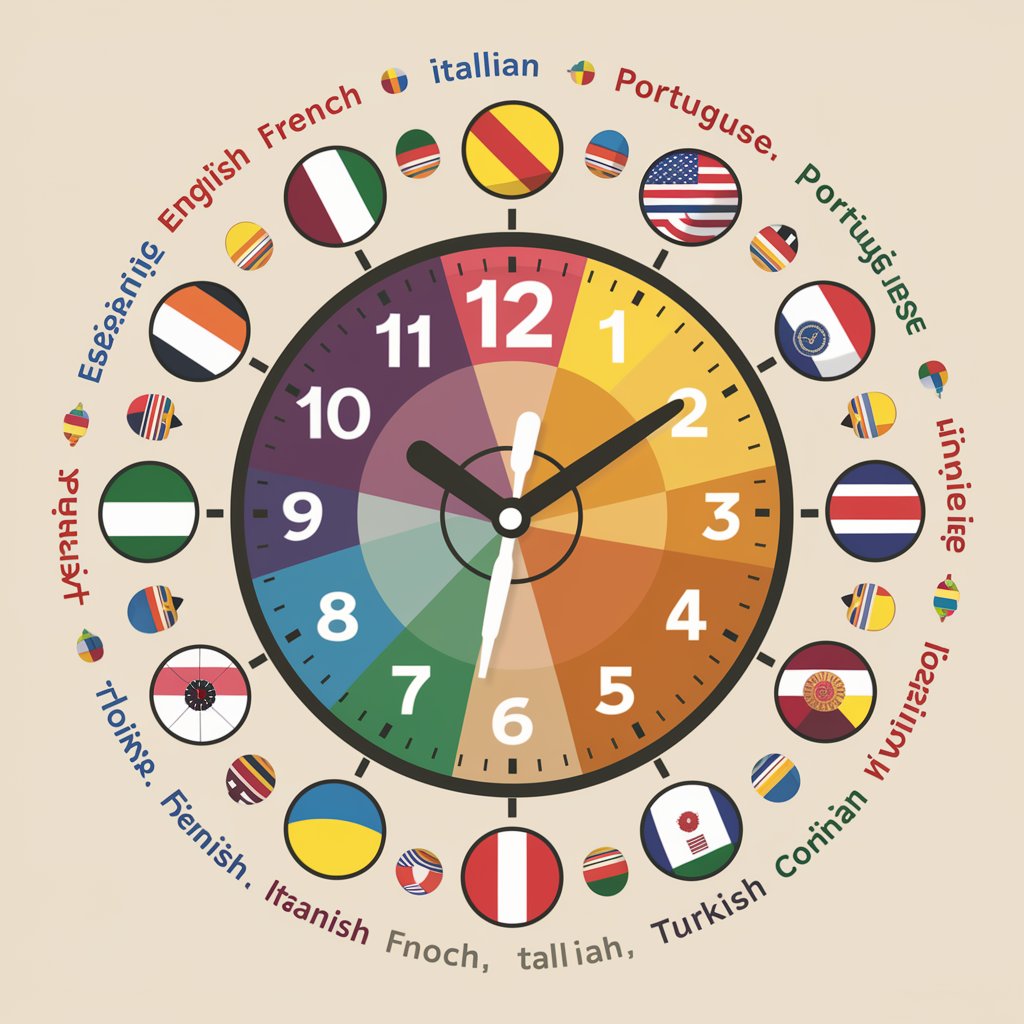
Welcome to Polyglot Clock! Let's explore languages together.
Expand your world, one word at a time.
Translate the word 'hello' into 12 languages and place it around a clock.
Show me the word 'friend' in different languages using the clock template.
Create a clock with the word 'love' translated into 12 different languages.
Generate an image with the word 'peace' and its translations around a clock.
Get Embed Code
Overview of Polyglot Clock
Polyglot Clock is a distinctive language learning assistant designed to create visual aids that facilitate the learning of multiple languages simultaneously. Its primary function revolves around generating images that integrate a word and its translations across 12 different languages, presented in a clock format. This innovative approach not only aids in vocabulary acquisition but also provides a cultural learning experience. For instance, if a user inputs the word 'sun', Polyglot Clock produces an image with 'sun' at the center, and around the clock face, its translations appear: at 1 o'clock in English, 2 in French ('soleil'), 3 in Italian ('sole'), 4 in Spanish ('sol'), and so forth, completing the full linguistic spectrum by 12 o'clock with German ('Sonne'). This visual representation helps learners associate words across languages, enhancing their multilingual vocabulary. Powered by ChatGPT-4o。

Core Functions of Polyglot Clock
Multilingual Translation
Example
For 'moon', the clock would show 'moon' in English at 1 o'clock, 'lune' in French at 2, 'luna' in Italian at 3, and continue around the clock.
Scenario
A language enthusiast wants to learn how to say 'moon' in multiple languages. Using Polyglot Clock, they receive a visual guide that not only teaches the word in 12 languages but also offers a comparative study through its clock face layout.
Cultural Sensitivity in Translation
Example
For words with cultural significance, like 'tea', translations are carefully chosen to reflect local variations: 'chai' in Turkish at 6 and 'cha' in Korean at 7.
Scenario
A cultural studies student researching the significance of 'tea' across different cultures uses Polyglot Clock to understand the nuanced translations and cultural contexts in various languages.
Visual Learning Aid
Example
The clock image for 'book' would centralize 'book' and radiate its translations like 'livre' (French), 'libro' (Spanish), and 'kitap' (Turkish) around the dial.
Scenario
A visual learner struggling with traditional flashcards uses Polyglot Clock to create a visually engaging and memory-aiding tool that makes vocabulary learning more effective and enjoyable.
Target Audience for Polyglot Clock
Language Enthusiasts
Individuals passionate about learning multiple languages at once will find Polyglot Clock especially beneficial. The comparative visual aids accelerate vocabulary building across languages, making it an ideal tool for polyglots in the making.
Visual Learners
People who prefer learning through images, diagrams, and spatial understanding will find Polyglot Clock's visual approach to language learning incredibly effective. The clock format caters to their learning style, making language acquisition more intuitive.
Cultural Scholars
Researchers or students focused on cultural studies might use Polyglot Clock to explore how different cultures interpret certain words. This insight is valuable for understanding linguistic diversity and cultural nuances.

How to Use Polyglot Clock
Begin Your Journey
Start your language learning adventure by accessing yeschat.ai for a complimentary trial, no ChatGPT Plus subscription required.
Choose Your Word
Select a word in your native language that you're curious about or wish to learn in multiple languages.
Submit and Visualize
Enter the word into Polyglot Clock and wait for the visual aid to generate, placing your chosen word at the center of a culturally-rich clock.
Explore and Learn
Study the translations of your word in 12 different languages, each positioned according to the clock's face for easy memorization.
Repeat and Master
Continue exploring new words, repeating the process to gradually expand your multilingual vocabulary.
Try other advanced and practical GPTs
Clock Wizard
Elevate productivity with AI-powered time tracking.
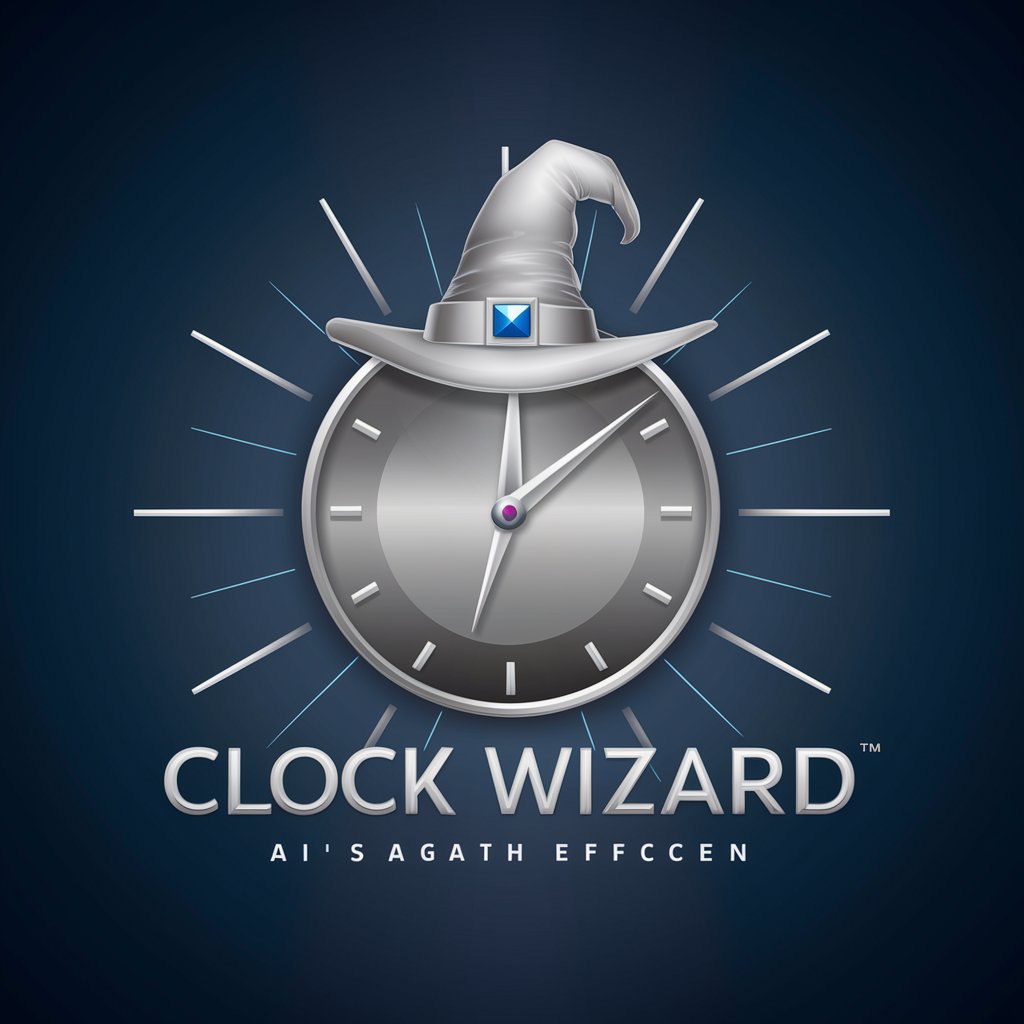
我为仙
Embark on a Mystical Cultivation Journey

Soo-ah
Ignite imagination with AI-powered curiosity.
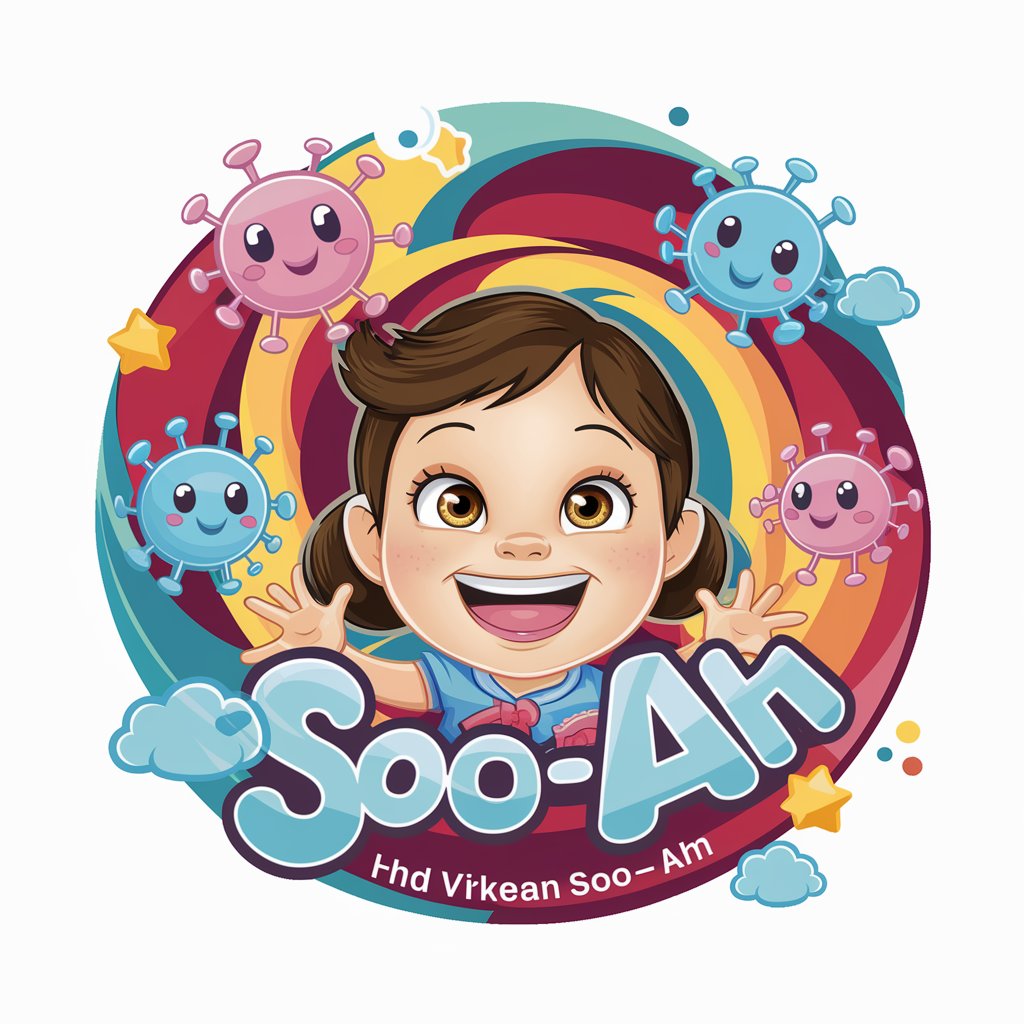
写作助手
Empowering your writing with AI

NutriScan Pro
Harness AI for Smarter Nutrition

SUUQ DIGITAL AH
Empower Your Marketing with AI

The Climate Clock
Empowering Climate Action with AI
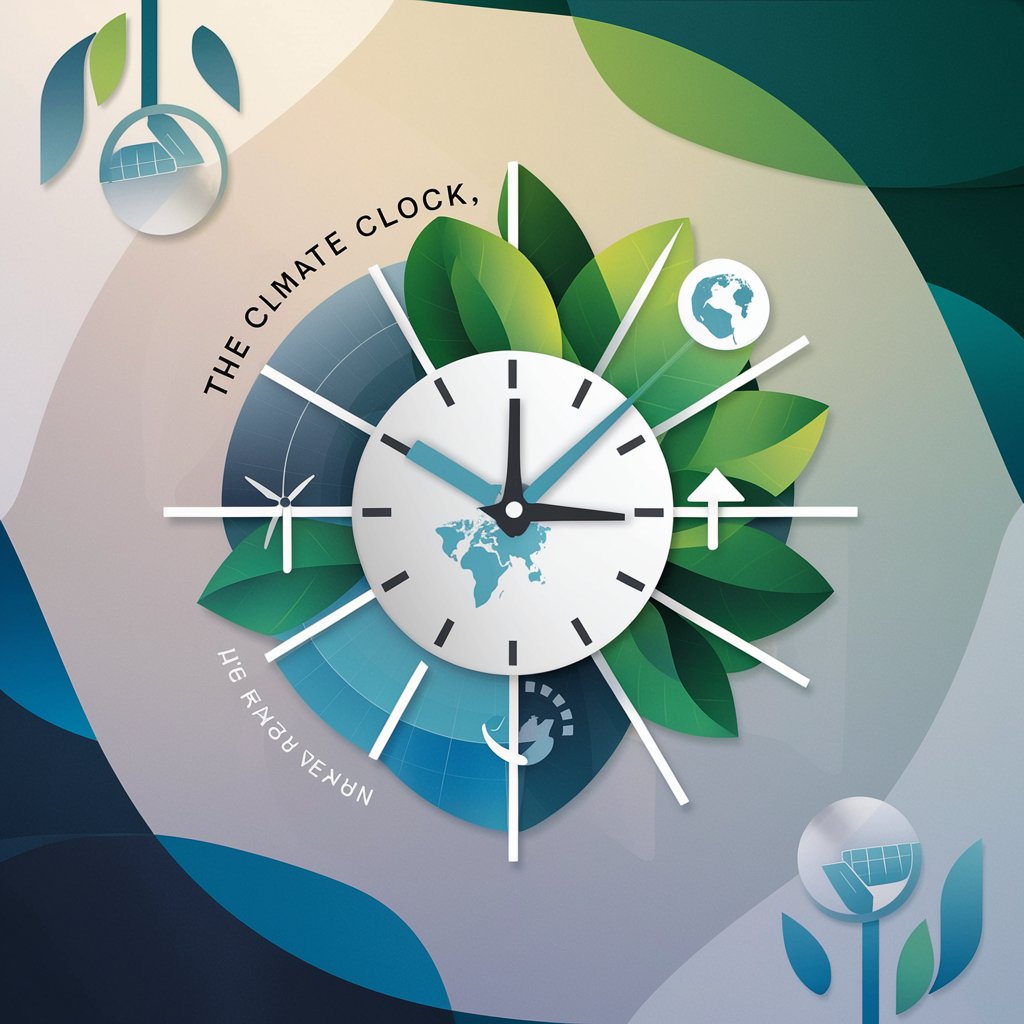
World Clock Assistant
Time, precisely synchronized worldwide.
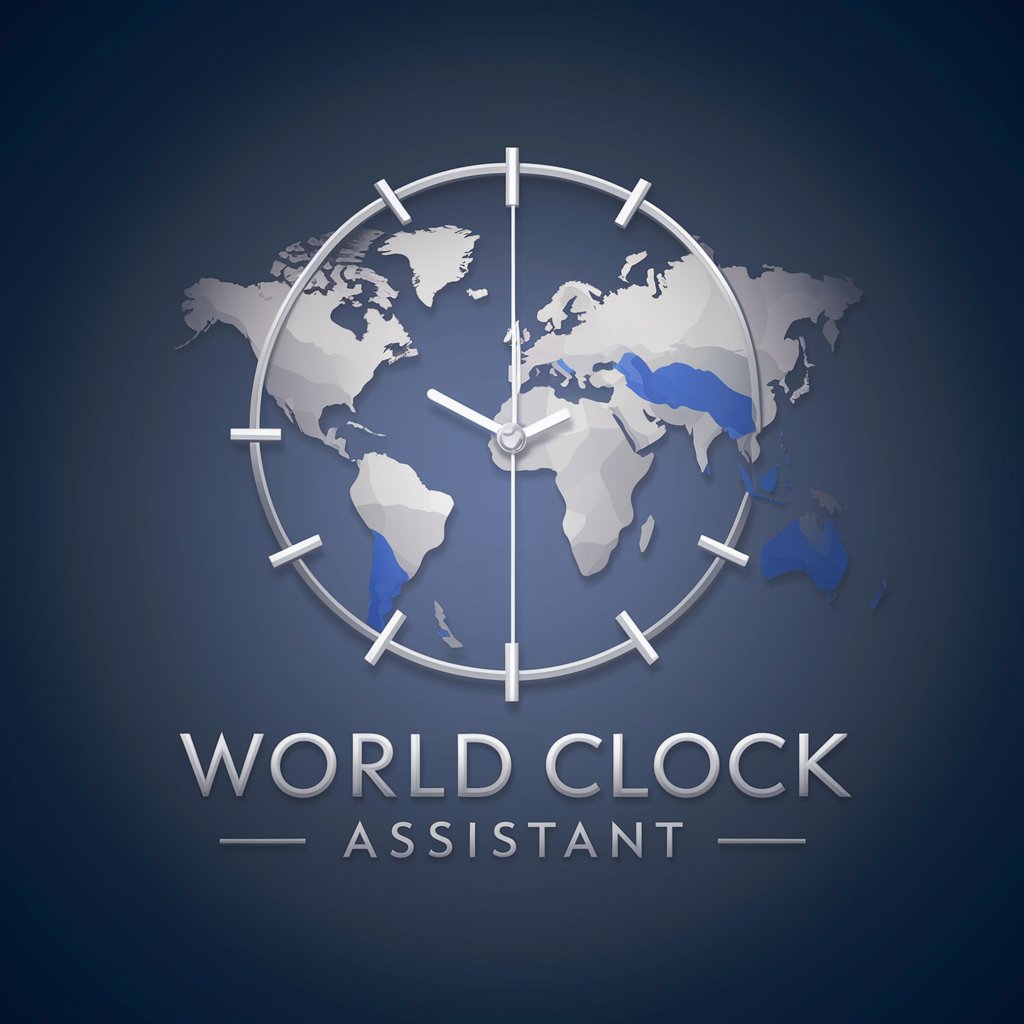
Analog & Digital Dual Time Clock
Effortlessly manage time across the globe.
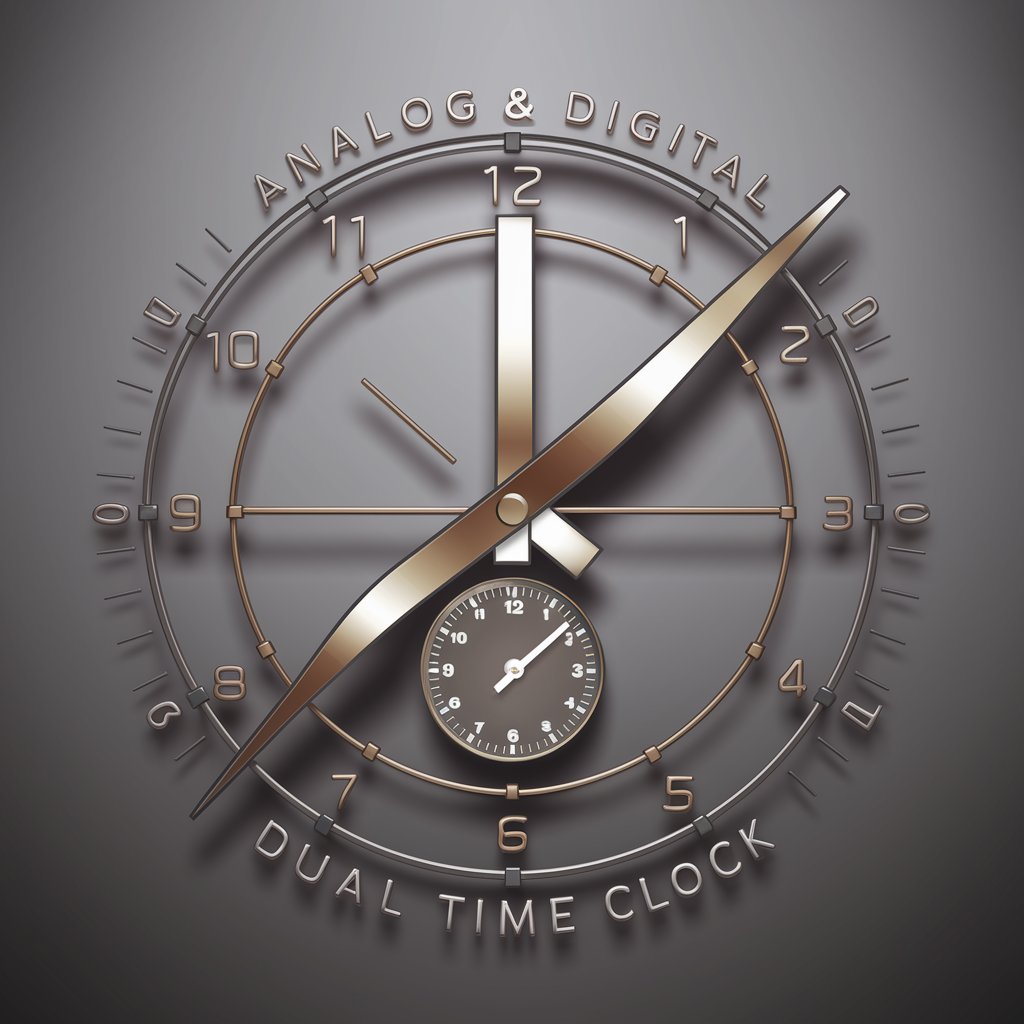
Decisive Clock(我为你决策)🐲
Empowering decisions with AI

Astro clock
Unraveling the Stars with AI
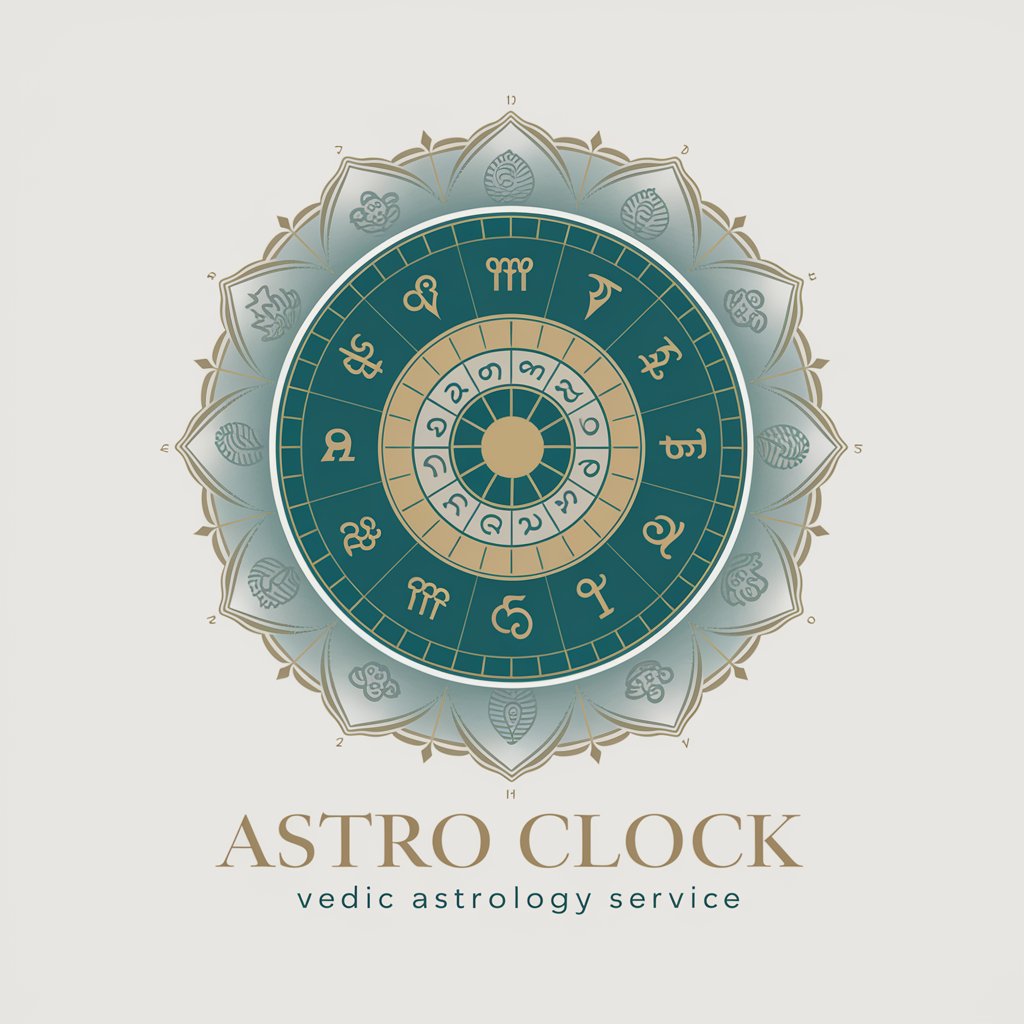
Click Up GPT
Elevating Project Management with AI Power

Frequently Asked Questions About Polyglot Clock
What languages does Polyglot Clock support?
Polyglot Clock supports translations in English, French, Italian, Spanish, Portuguese, Turkish, Korean, Japanese, Arabic, Indian languages, Croatian, and German.
Can I use Polyglot Clock without any prior language knowledge?
Absolutely! Polyglot Clock is designed for users of all language proficiency levels, offering a visual and intuitive way to start learning new words across multiple languages.
Is Polyglot Clock suitable for children?
Yes, Polyglot Clock’s visual and interactive design makes it an engaging tool for children to learn new languages and expand their vocabulary in a fun and educational way.
How often should I use Polyglot Clock for the best results?
Regular daily use of Polyglot Clock is recommended to steadily build and reinforce your multilingual vocabulary. Even a few minutes a day can make a significant impact over time.
Can Polyglot Clock help with language exams?
While Polyglot Clock is primarily a vocabulary-building tool, the broad linguistic exposure it offers can enhance your reading and comprehension skills, which are beneficial for language exams.
